By Brad Reynolds
In 1898, Samuel P. Langley’s first flying prototype sparked interest from the U.S. Navy, which immediately began looking for military applications. Prior to World War I, various navies were experimenting with different forms of vessels to facilitate airpower, but it would be the British fleet who pushed carrier technology to new heights before the interwar period. Like many weapons that evolved out of the Great War, aircraft carriers with the primary mission of combat sorties was a tactic grasped through combat.
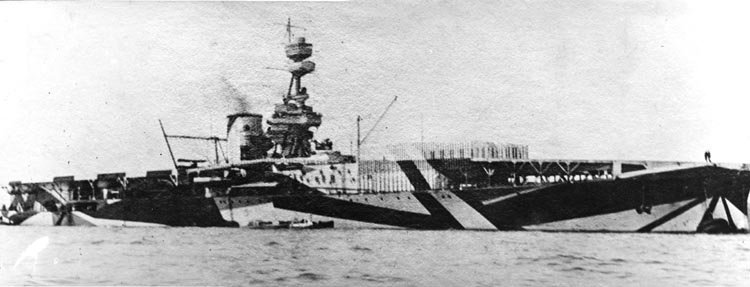
As early as 1910, the United States Navy began testing cruisers with modified wooden ramps for launching planes. In November of that year, Aviator Eugene Ely took off from the USS Birmingham Scott modified cruiser and landed two miles away on the mainland. In January of 1911, Ely would again test aviation from a ship when he landed and later look off from the USS Pennsylvania in San Francisco harbor. His landing made use of a primitive version of the modern day tail hook, attaching multiple sandbags to a line of rope, which was hand-stretched across the deck, to slow down Ely’s 60-mile-per-hour landing. Ely was the first man to land and take off from a ship, but at the time, many did not see a future for naval aviation; it was mainly considered an advanced reconnaissance tool. This attitude would persist within the U.S. Navy throughout World War I, and they would not commission an aircraft carrier of their own until 1922, well after their Allied counterparts.
Seaplane Carriers & Advancements in the British Royal Navy
The British Royal Fleet had also been experimenting with modified cruisers, similar to those of the Americans, with small flight decks built over the gun turrets of existing ships. Their exploration of carrier abilities would progress quicker than that of the Americans, due to their ability to gauge combat effectiveness early in the war. As World War I commenced, the Royal Navy opted to pursue the production of seaplane carriers rather than specialized carriers. Seaplane carriers house three seaplanes used for reconnaissance and submarine spotting, with cranes used for recovering the seaplanes once they landed in the ocean upon return. Though taking off from a seaborne vessel had become possible, it was landing on them that limited combat sorties. As the war progressed and the strategic advantage of an aviation platform at sea became apparent, the need for larger carriers with the ability to launch combat aircraft became a valued priority.
The British Royal Navy began converting more cruisers into modified carriers to facilitate torpedo bombers, but the issue still remained: once a pilot took off, they had to find a land-based airfield to land at, limiting the range of the carriers. In an attempt to mitigate this problem, the Royal Navy ordered their first flush-deck aircraft carrier. The intent was to launch and land torpedo bombers, rather than requiring pilots to land at mainland bases. The William Bearmore Shipyard, which had attempted to sell the Royal Navy on flush-deck carriers from the beginning of the war, took on the project. The HMS Argus became the first ever flush-deck aircraft carrier in naval history.
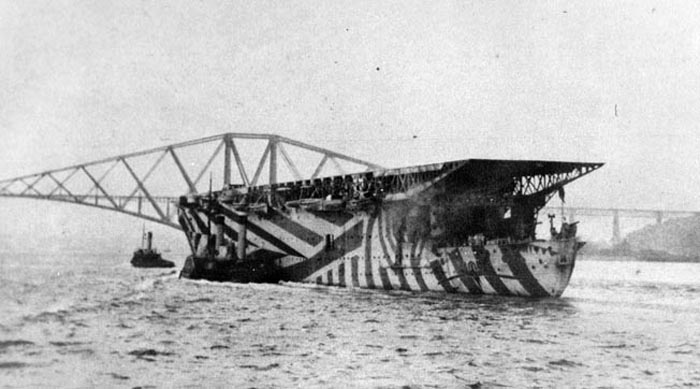
Delivered in 1916, and commissioned in September 1918, the Argus was not able to complete her initial sea trials in time to be commissioned during the First World War. Despite her lack of action in World War I, the Argus would become the prototype for the modern day aircraft carrier and a platform for continual naval testing. The U.S. Navy followed close behind, commissioning the USS Langley in 1922 as a platform for their own naval aviation testing, ratcheting up the race for carrier development.
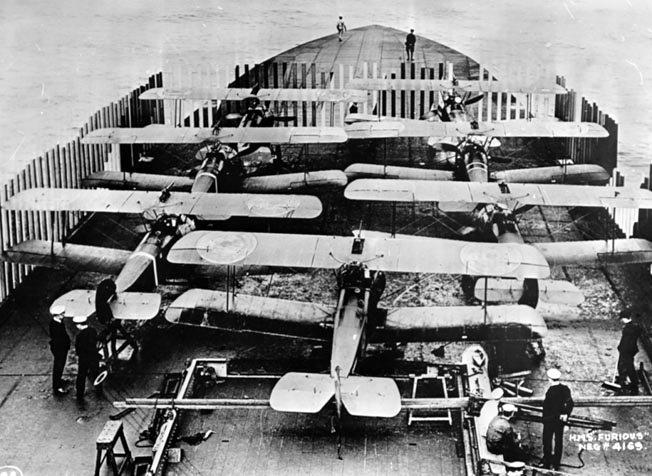
It would be the Langley and the Argus that would take the first significant steps towards improving naval aviation. The interwar period would facilitate a technological arms race over carrier development, setting the stage for carriers as an offensive weapon and their tactical domination in World War II.
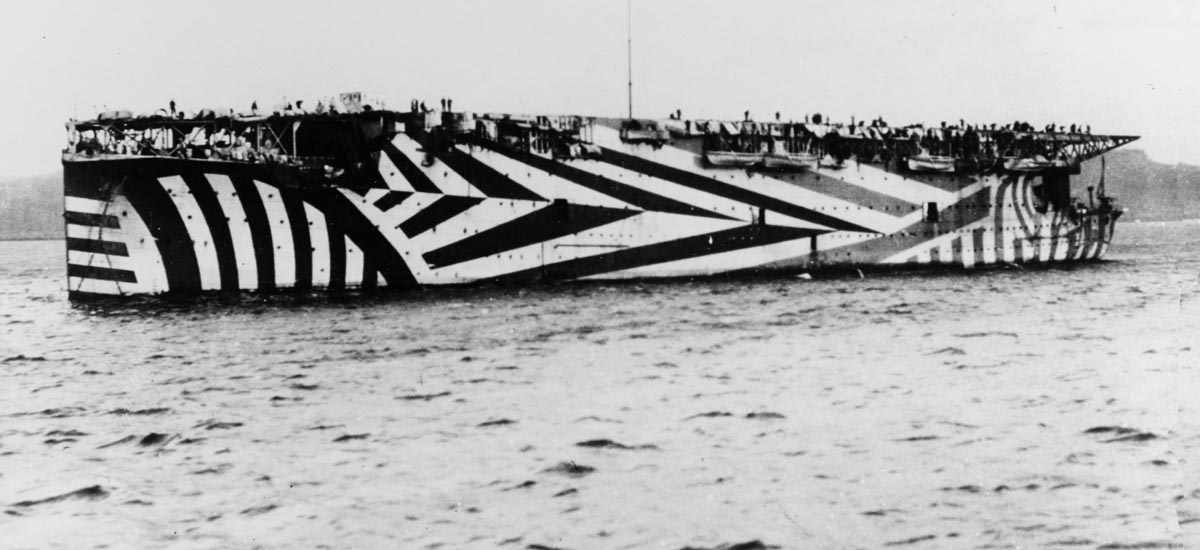


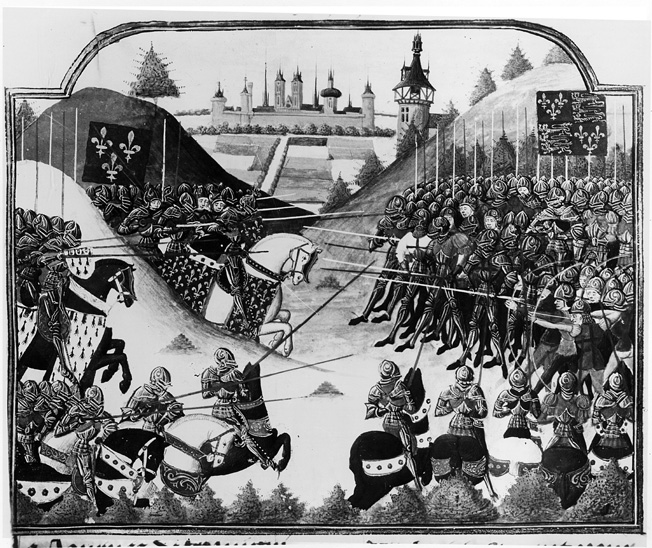
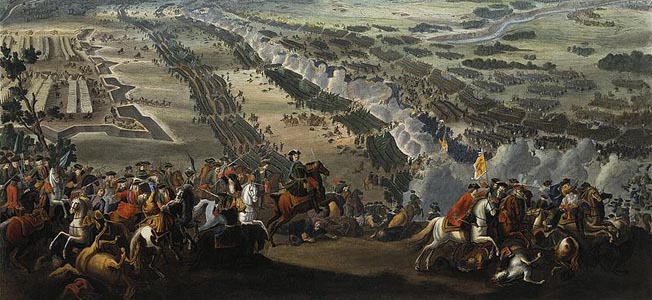
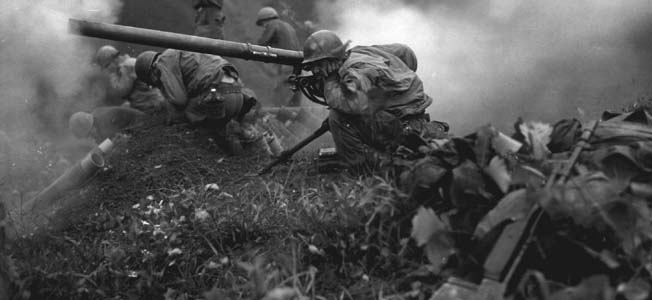
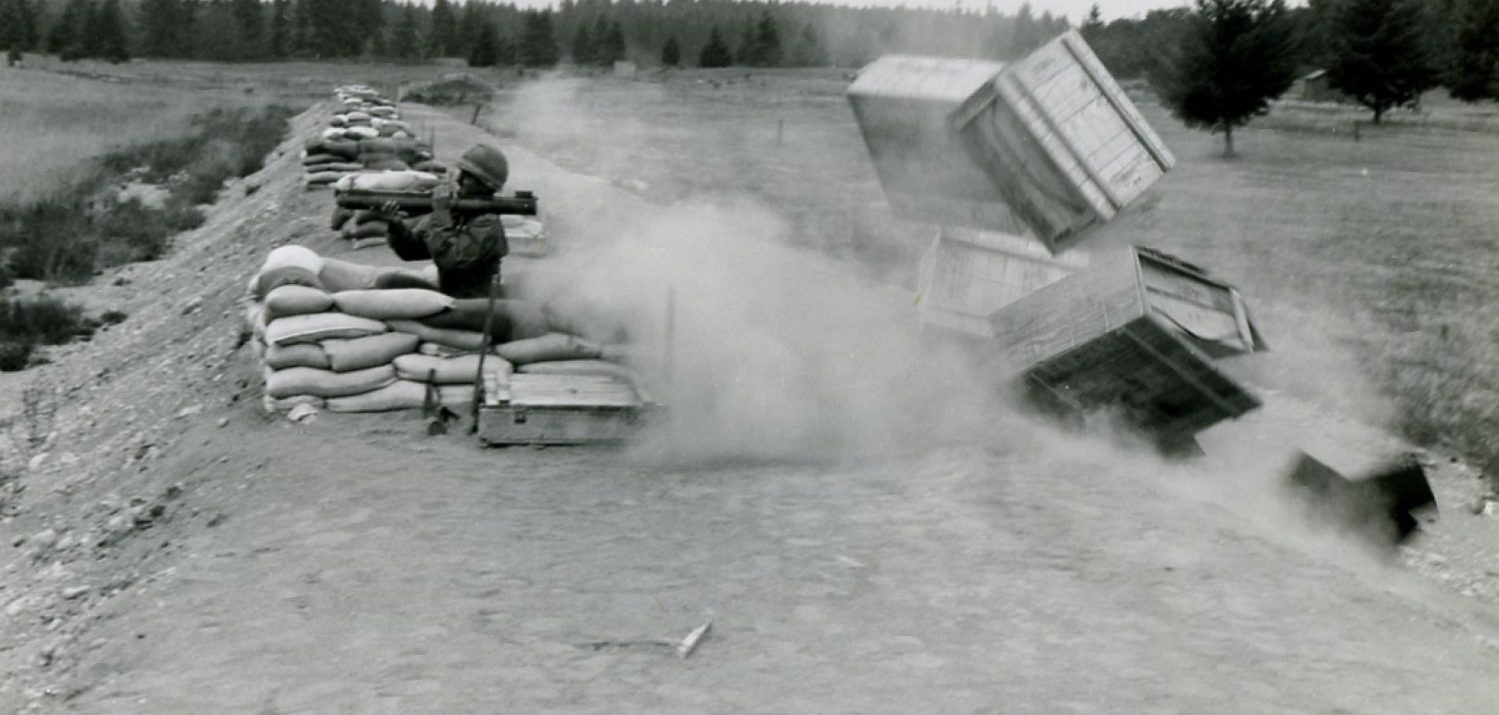
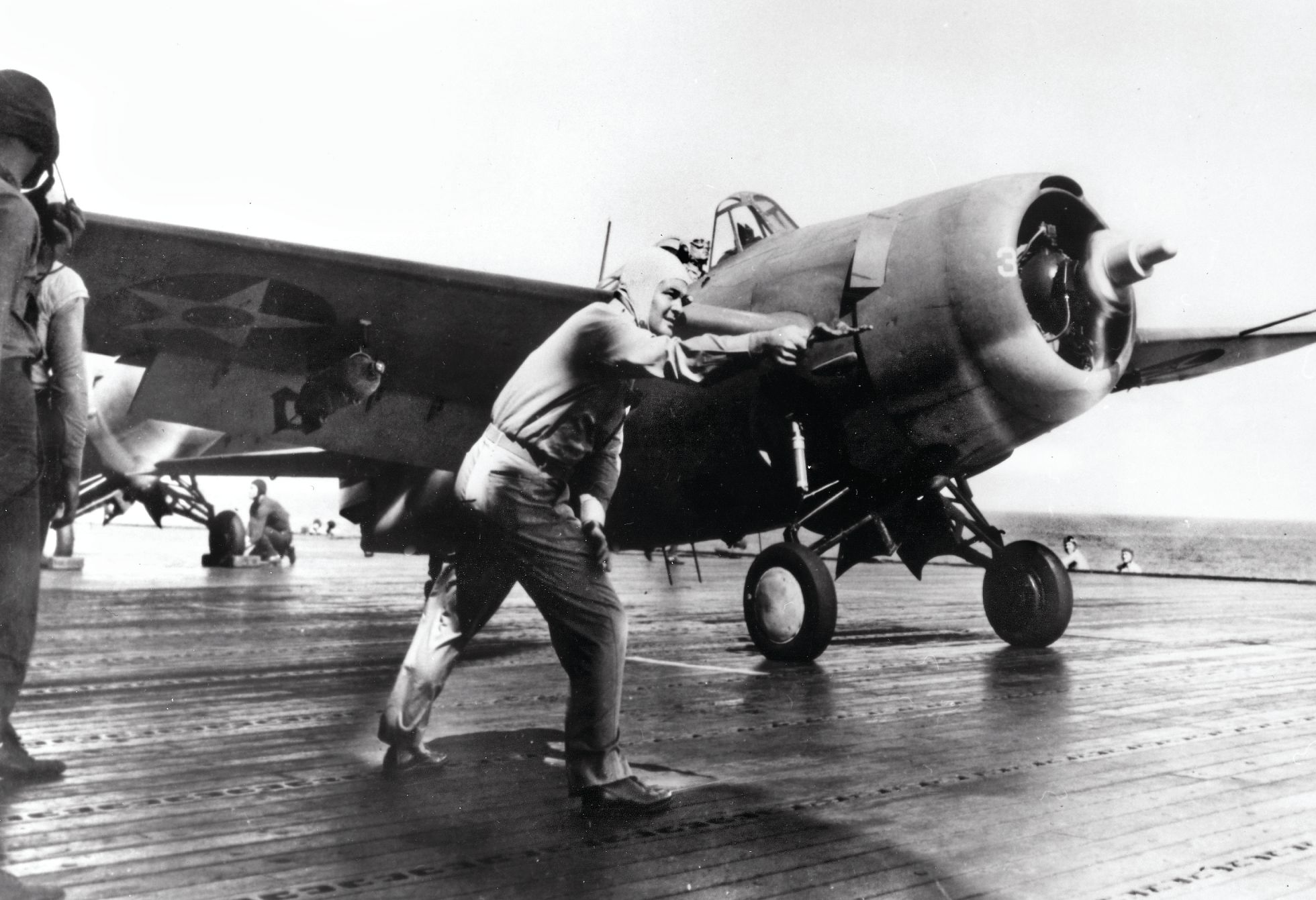
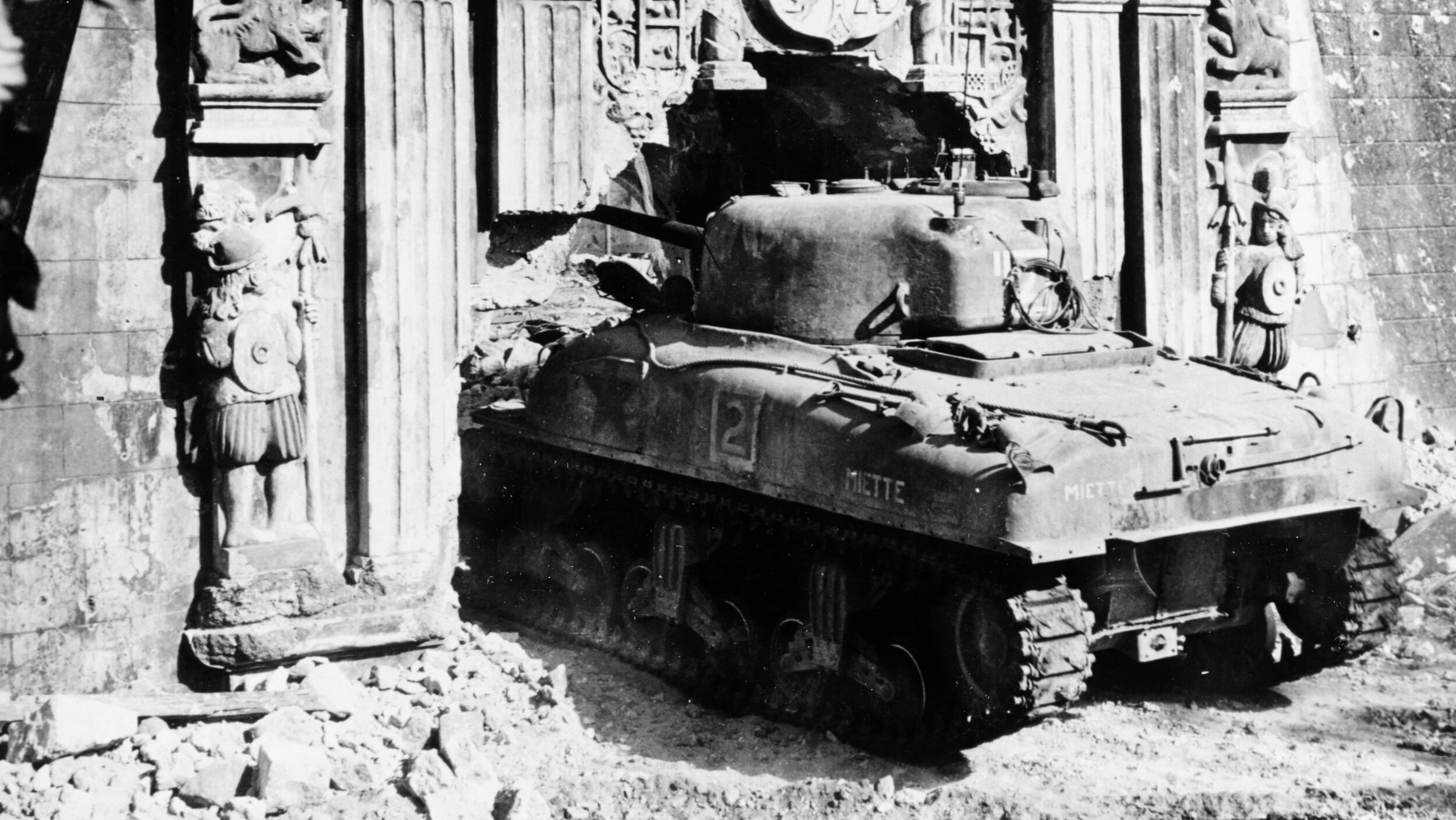
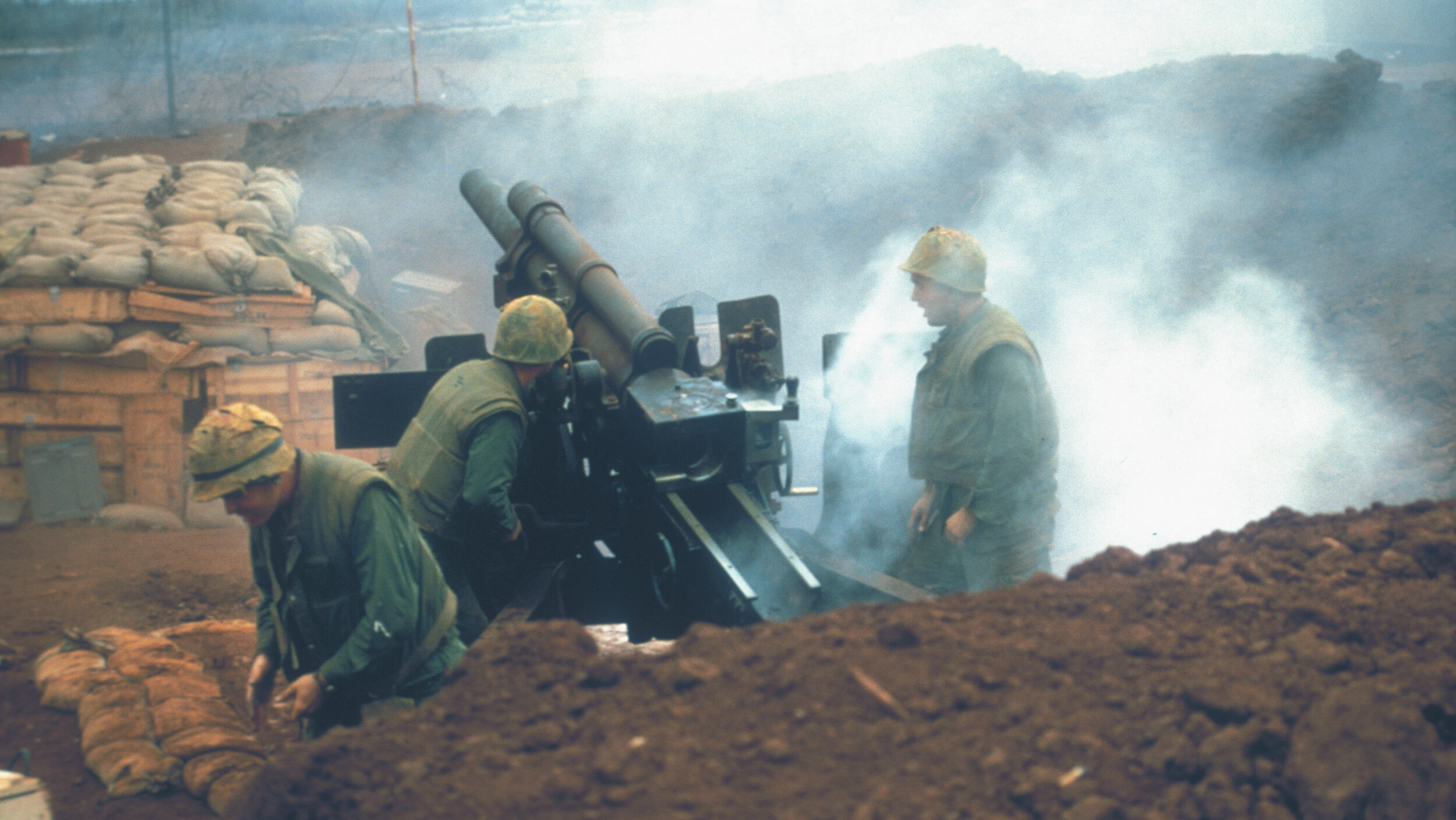
These are great, though not the first Air Craft Carrier. During the American Civil War the Union made one of their ships a balloon carrier to move the observation balloons. This was the worlds first Air Craft Carrier.